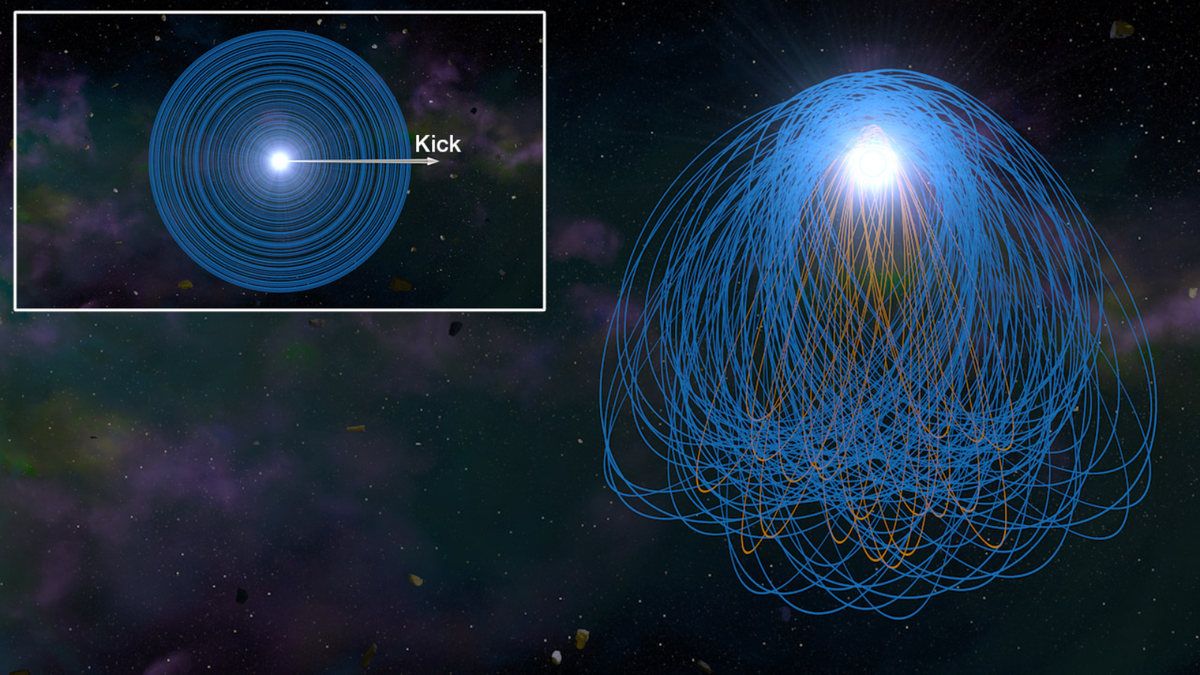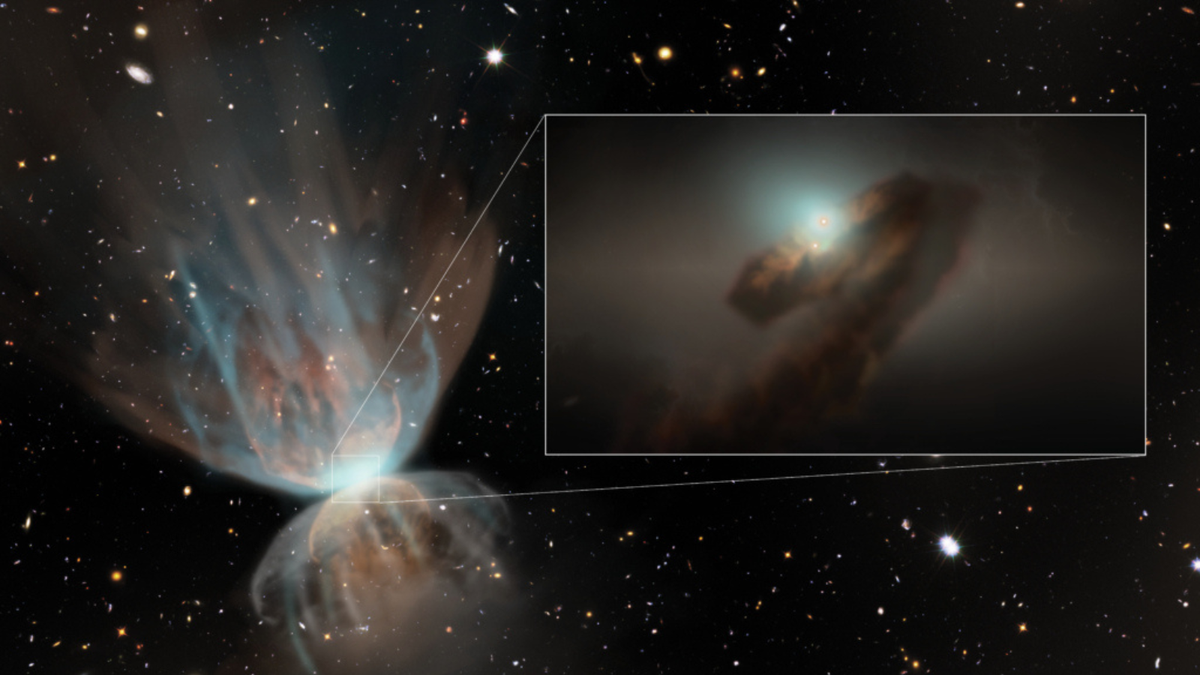Revealing the Secret of White Dwarfs’ Heavy Metal Shells
In a recent study, astronomers may have uncovered a long-standing mystery surrounding the maintenance of heavy metal shells in superdense deceased stars known as white dwarfs. The discovery suggests that these stellar remnants sustain their metal-rich surfaces by devouring remnants of planetary systems surrounding them. This revelation sheds light on the potential fate of our own solar system once the sun transitions into a white dwarf in approximately five billion years.
Understanding White Dwarfs
White dwarfs are remnants of stars similar to our sun that have exhausted their hydrogen fuel and are left with masses equivalent to the sun and sizes comparable to Earth. These stellar remnants constitute 97% of the stars within the Milky Way galaxy. Despite their prevalence, the chemical composition of white dwarfs has remained enigmatic. The surfaces of these stellar remnants exhibit elements beyond helium, referred to as “metals,” posing a unique puzzle for astronomers.
The Mechanism Unveiled
A group of researchers has recently unveiled the process through which heavy metals such as silicon, magnesium, and calcium accumulates on white dwarfs’ surfaces. These metals originate from small rocky bodies orbiting the zombie stars, comprising asteroids and comets. By studying the accretion of planetesimals onto white dwarfs, the scientists have pinpointed the feeding mechanism employed by these stellar remnants.
Professor Ann-Marie Madigan from the University of Colorado Boulder emphasizes the prevalence of planetary systems orbiting white dwarfs, suggesting that a significant portion of these systems, including our solar system, could potentially be consumed by their host stars. This newfound mechanism sheds light on the pervasive presence of heavy metals on white dwarfs’ surfaces, a phenomenon that contradicts the natural sinking of metals into the stellar remnants’ interiors.
Insights from Computer Simulations
By conducting computer simulations, the research team recreated scenarios where white dwarfs experienced a “natal kick” during their formation, leading to alterations in their motion and the surrounding material dynamics. The simulations demonstrated that the white dwarfs’ altered orbits extended up to 240 times the distance between Earth and the sun, with elongated and aligned orbits. Moreover, 40% of the planetesimals consumed by white dwarfs exhibited retrograde orbits, circling the stellar remnants in an opposing direction.
The team’s simulations running over 100 million years showcased the enduring nature of these accretion events around white dwarfs. The findings suggest that heavy metals persist on white dwarfs’ surfaces due to consistent and ongoing consumption of surrounding matter, akin to relentless, mindless creatures continuously on the move.
Future Research Direction
Looking ahead, the researchers aim to expand the scale of their simulations to explore the interactions between white dwarfs and larger planetary bodies such as planets. These investigations promise further insights into the mechanisms governing white dwarfs and their critical role in the evolutionary trajectory of planetary systems. The team’s research, recently featured in The Astrophysical Journal Letters, offers a glimpse into the future of the solar system and other celestial bodies, through the lens of white dwarfs.
Image/Photo credit: source url





